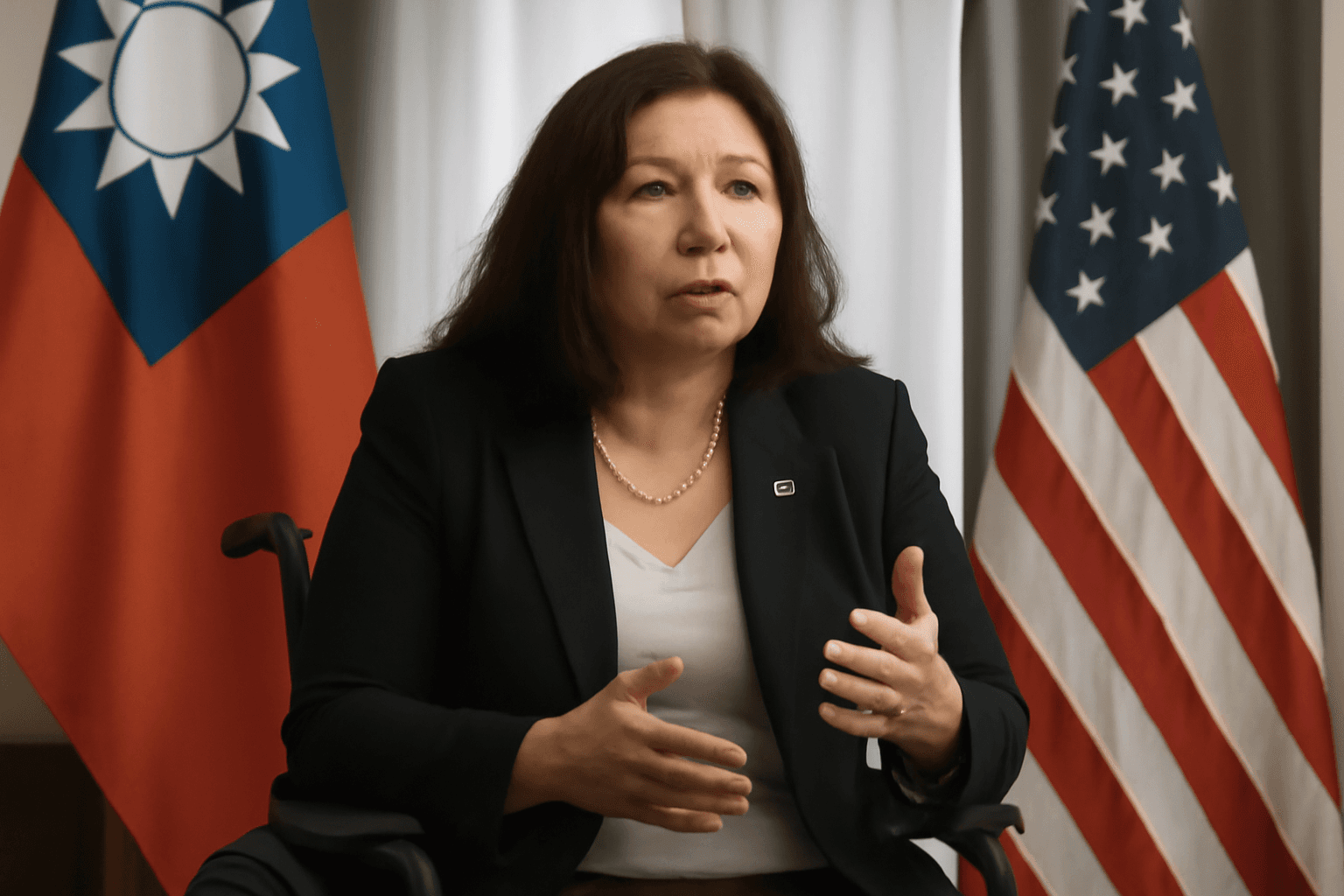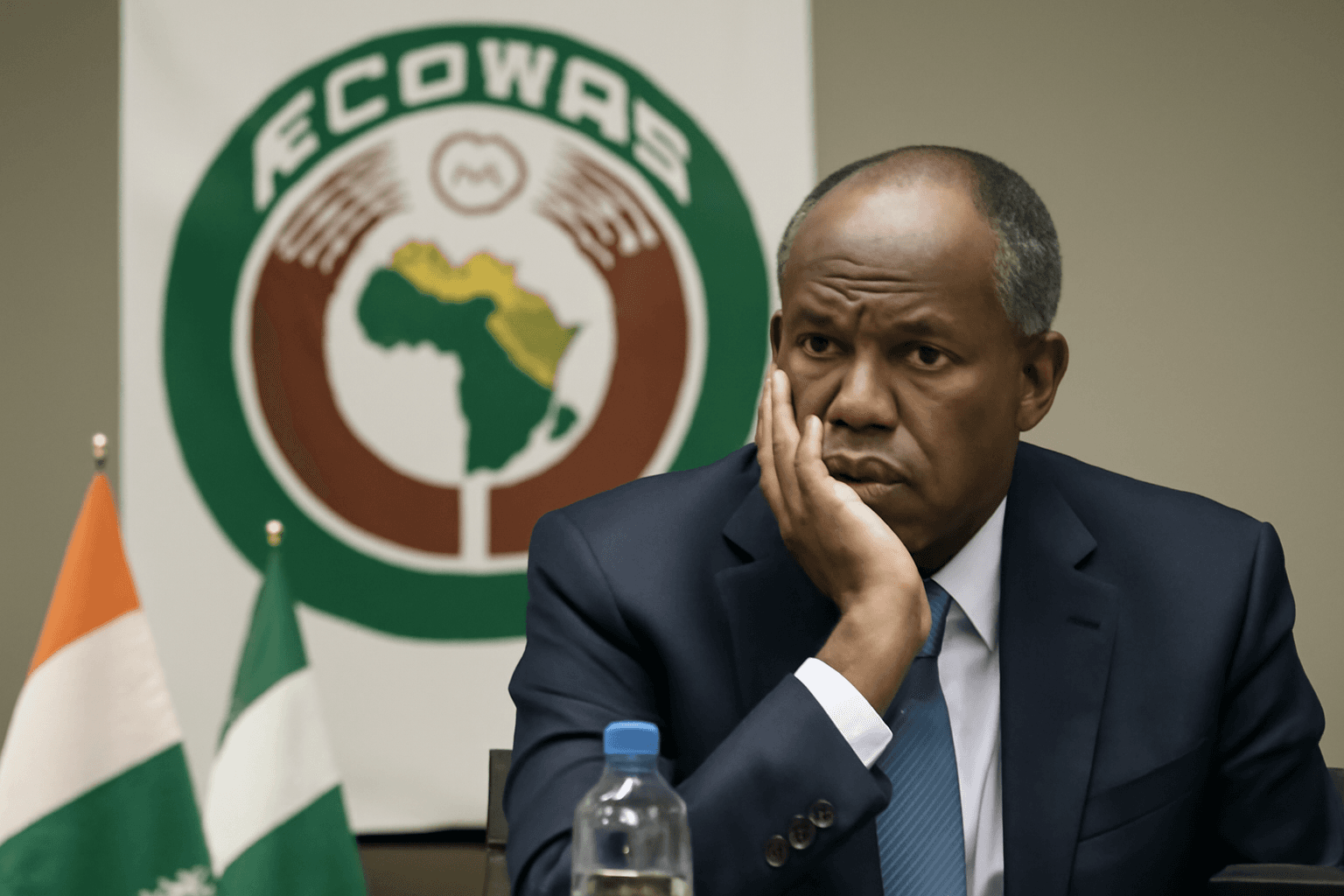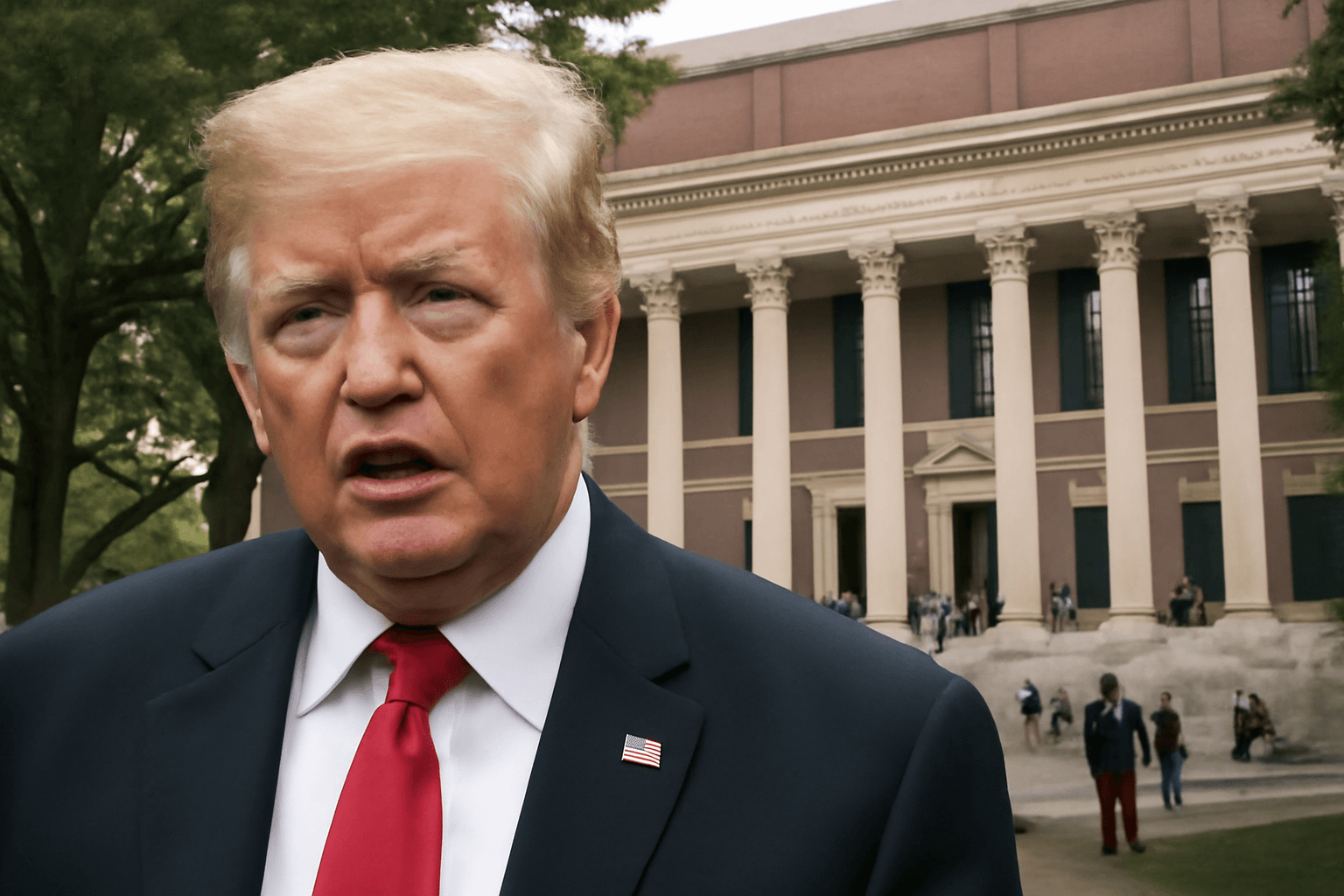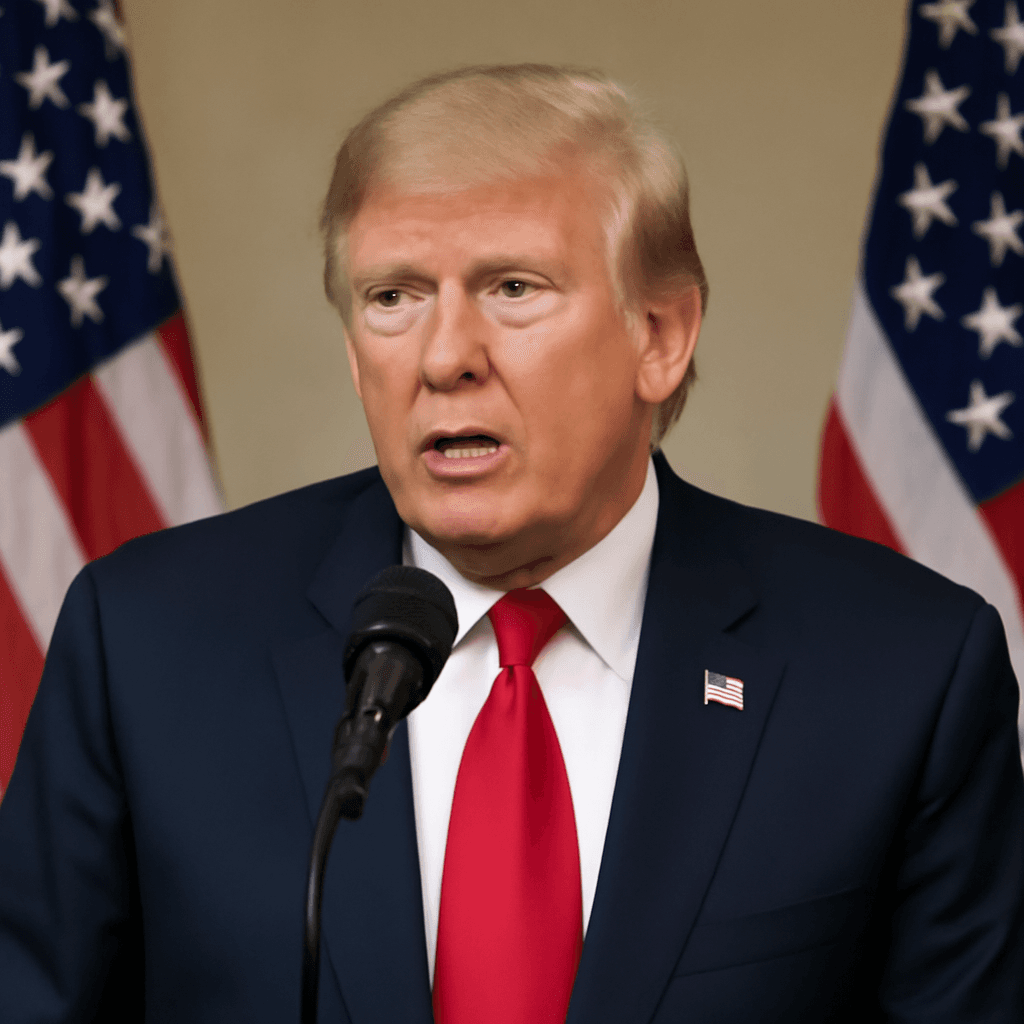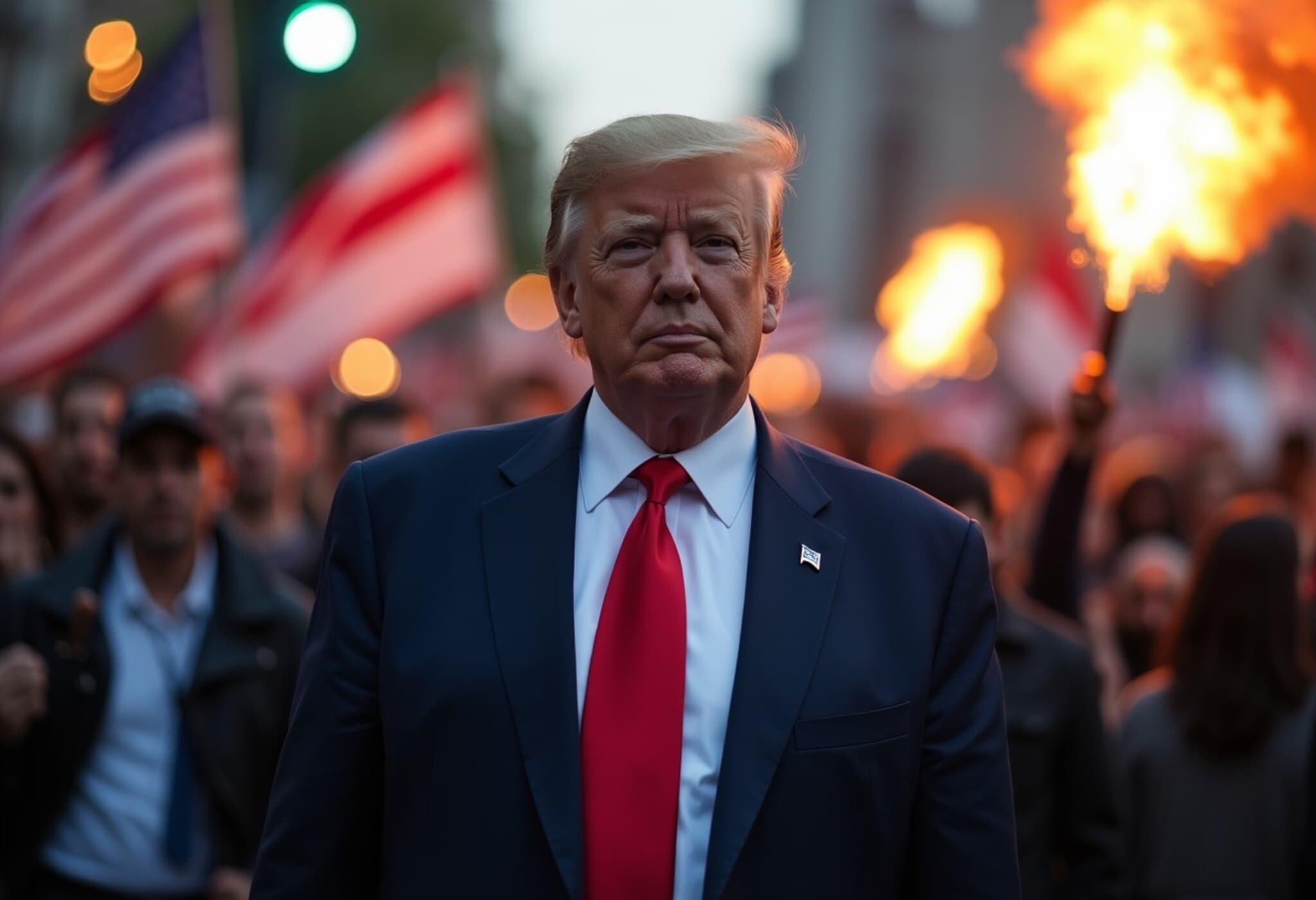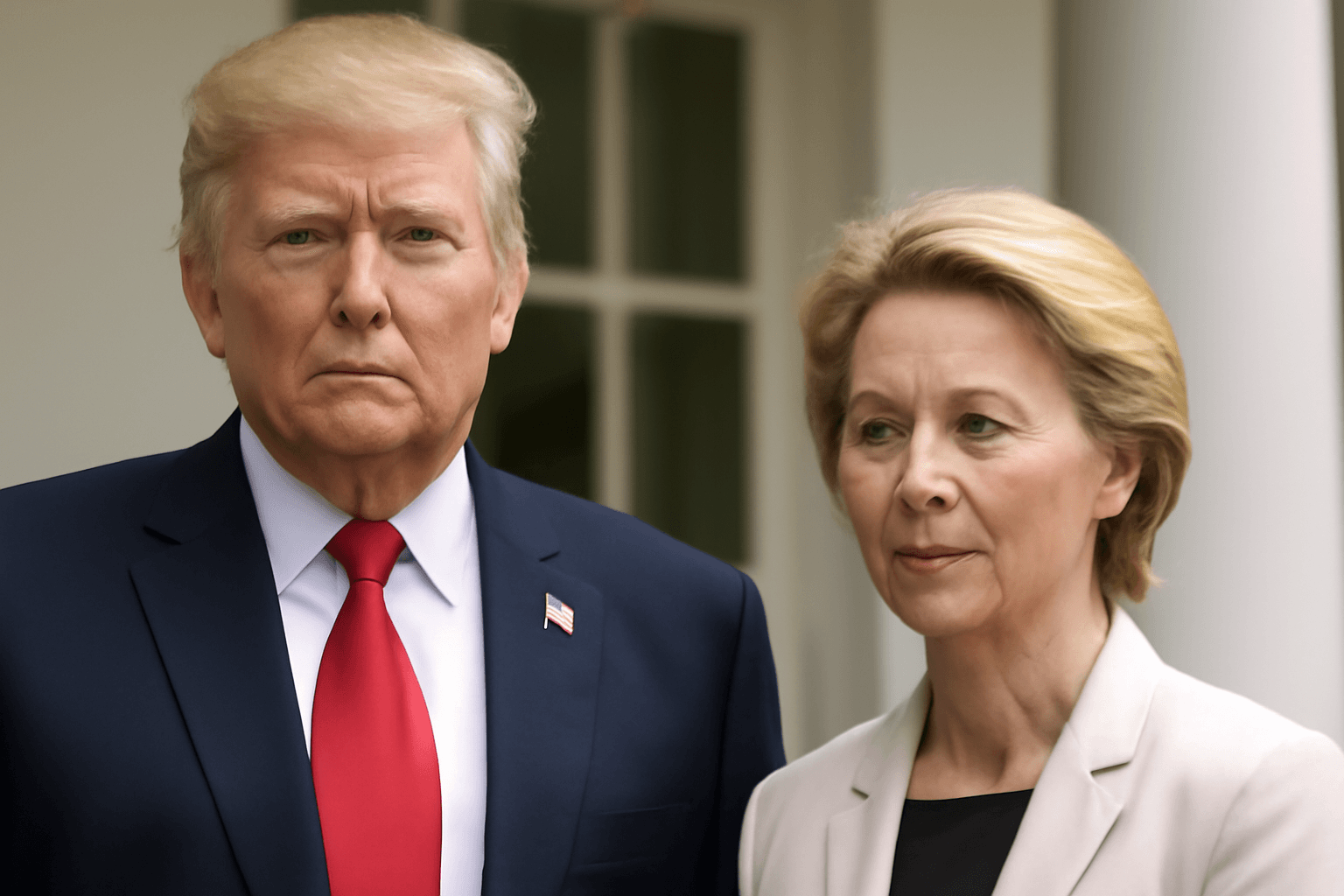Overview of the Travel Ban
In a significant policy move, the U.S. administration has enacted a comprehensive travel ban affecting nationals from over a dozen countries. The restrictions are motivated by concerns over security risks and insufficient vetting mechanisms. This multi-tiered ban impacts individuals seeking entry for employment, education, tourism, and immigration purposes, though exemptions are made for athletes participating in the upcoming 2026 FIFA World Cup and the 2028 Olympic Games.
Motivations Behind the Travel Restrictions
The recent ban was influenced by a violent incident involving an Egyptian national in Colorado, which highlighted vulnerabilities perceived in the current vetting process. The administration cited this episode to justify the enhanced restrictions, emphasizing the need to mitigate potential threats posed by inadequately screened foreign nationals.
Understanding the Travel Ban Mechanism
A travel ban restricts or prohibits entry for citizens of specific countries. It may entail full or partial visa suspensions. This latest ban expands on previous orders to curb entry from nations deemed to have deficient screening procedures, aiming to strengthen national security.
The Role of a Presidential Proclamation
The travel ban is implemented through a presidential proclamation, a formal executive announcement which, unlike typical executive orders, can effect broad policy changes especially during national security concerns.
Effective Date
The travel restrictions will take effect starting Monday, as announced by the administration.
Potential for Future Adjustments
The administration has indicated flexibility in the list of restricted countries, stating that additions or removals will be based on improvements in security cooperation or emerging threat assessments.
Countries Under Complete Travel Restrictions
The twelve countries fully impacted by the ban include:
- Afghanistan: Controlled by a designated terrorist group; lacks effective passport issuance and vetting.
- Myanmar (Burma): High visa overstay rates and lack of cooperation in repatriation.
- Chad: Significant visa overstay violations signaling disregard for U.S. immigration laws.
- Republic of the Congo: Elevated visa overstay rates.
- Equatorial Guinea: Notable overstay statistics on visitor and student visas.
- Eritrea: Questions around document issuance reliability; lack of criminal record sharing.
- Haiti: High numbers of illegal entries presenting security challenges.
- Iran: State sponsor of terrorism; poor cooperation on security matters.
- Libya: No competent passport authority and a history of terrorism within its borders.
- Somalia: Lacking effective civil document and vetting controls.
- Sudan: Absence of cooperative authorities for travel documentation and vetting.
- Yemen: Similar deficiencies in passport issuance and screening.
Countries Facing Partial Restrictions
Seven additional countries are subject to partial restrictions due to elevated risk profiles:
- Burundi
- Cuba
- Laos
- Sierra Leone
- Togo
- Turkmenistan
- Venezuela
Criteria for Country Selection
- Inadequate Documentation & Vetting: Many banned countries lack reliable authorities for issuing valid documents or vetting entrants.
- High Visa Overstay Rates: Several nations have persistently exceeded acceptable limits on visa overstays.
- Terrorism Risks: Inclusion of countries associated with terrorist activities or recognized as state sponsors of terrorism.
Exemptions for International Sporting Events
Athletes participating in the 2026 FIFA World Cup and the 2028 Olympic Games hosted in the United States are exempt from these travel restrictions.








